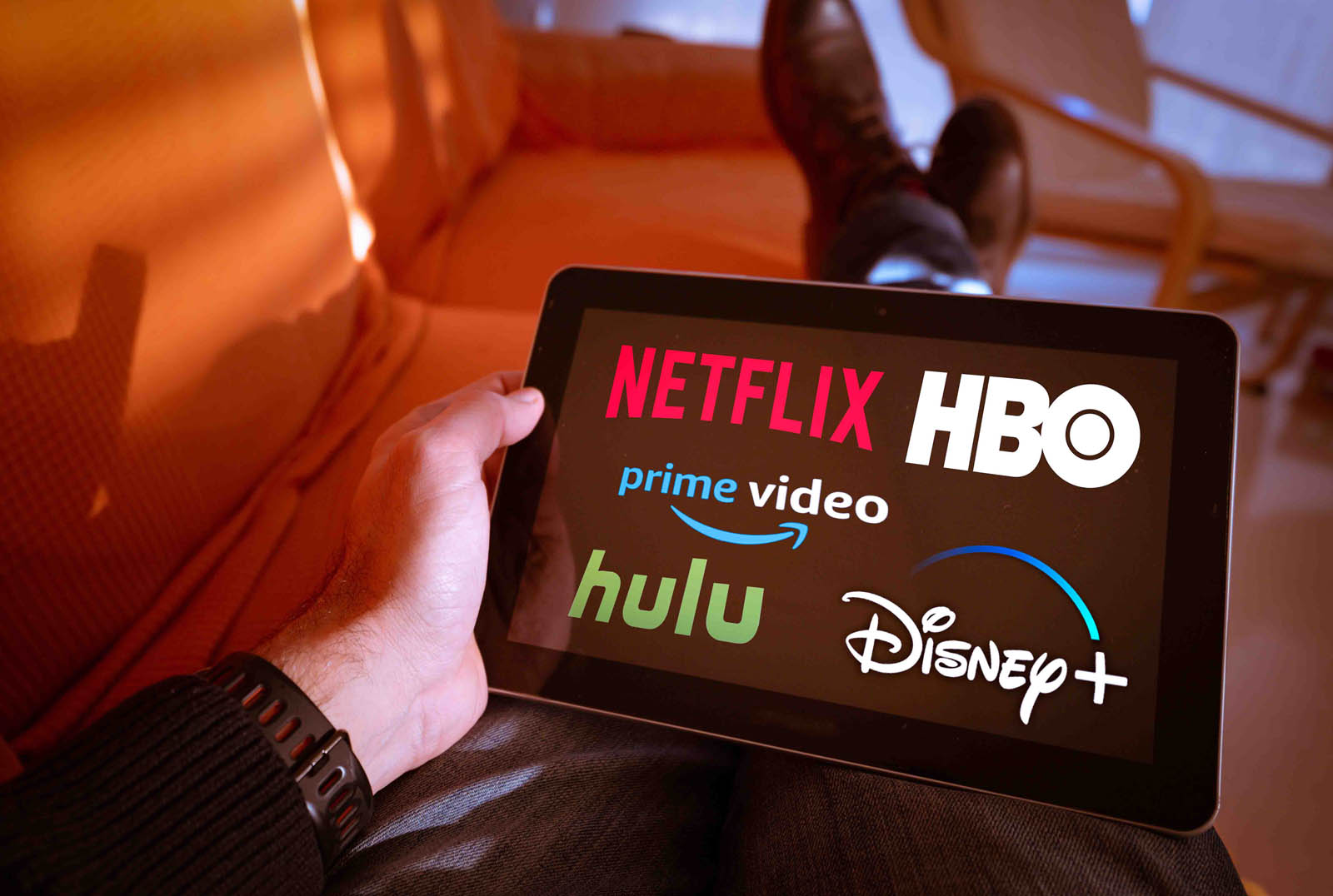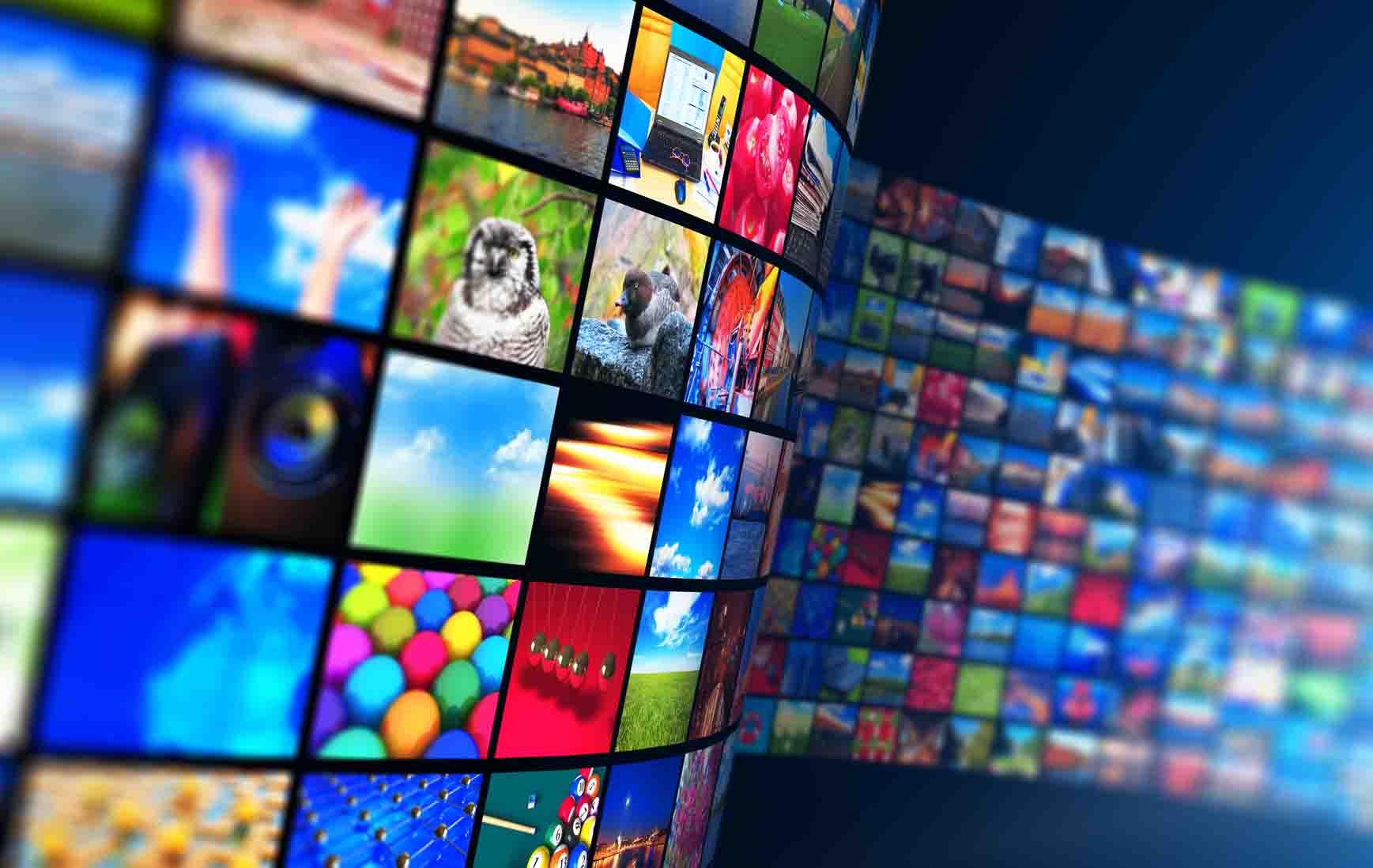
The Future of Streaming Services and Entertainment

Sarah Gonyon
Senior Research Analyst, Quantitative Research
Before the pandemic, streaming services like Netflix, Hulu and Disney+ had become staples in household budgets but household penetration increased even more during the stay-at-home mandates that occurred around the world. According to the Motion Picture Association, the number of streaming subscriptions rose by 32% to a total of 308.6 million subscriptions in 2020. These streaming services provide instant access to thousands of movies and TV shows to watch whenever you want, wherever you want! With consumers having more free time on their hands and being home more than usual, these streaming services offered a great opportunity to broaden their “watch library” and keep themselves and their kids entertained.
And, since mid-2020, new streaming services like Peacock, Discovery+, and HBO’s rebranding of HBO Max were launched giving us even more viewing options. But as the world opens back up and we return to some level of normalcy, what will happen to all the streaming services we were glued to during the height of the pandemic?

The pandemic also created a seismic shift in how we consume full-length theatrical movies. HBO began debuting all of Warner Brothers’ theatrical releases on HBO Max the same day they are released in theaters for no extra charge to paid subscribers. Blockbuster movies that you normally would have to go to the theater to see can now be seen in the comfort of your home and for a much lower price than buying a movie theater ticket. Many consider this a game-changing move that could permanently shift the entertainment industry and, specifically, the movie theater industry. For example, it will likely complicate how much money a film grosses, especially those with high costs to recoup. HBO Max does not release viewership numbers, so it makes it difficult to determine if subscribers decided to watch a movie at home instead of at the theater or at all.
There are also generational differences to consider when it comes to seeing movies in movie theaters, especially as Gen Zers become adults. According to the Morning Consult’s Return to Normal tracker study, 57% of Gen Z adults feel comfortable seeing a movie in theaters. However, 70% cite the ability to see new movies on streaming services or on-demand as a reason for fewer trips to movie theaters. Add in the comforts of home, and movie theaters will likely need to implement special ticket offers or promote their food and beverage lineup to encourage Gen Zers to head to a theater to see the latest release.
As more and more people across the country are vaccinated, return to work, school, and other normal daily activities, they will likely have less time to watch TV and movies and may cut back on their subscriptions, especially as many consider the market to be fairly saturated. The pandemic changed many things, but it definitely changed the streaming and movie industries as they had to adapt to people staying at home. Now we face another fundamental change as the world opens back up, and entertainment companies have to figure out where they fit in and how it will affect streaming service subscriptions.
explore featured
Case studies
